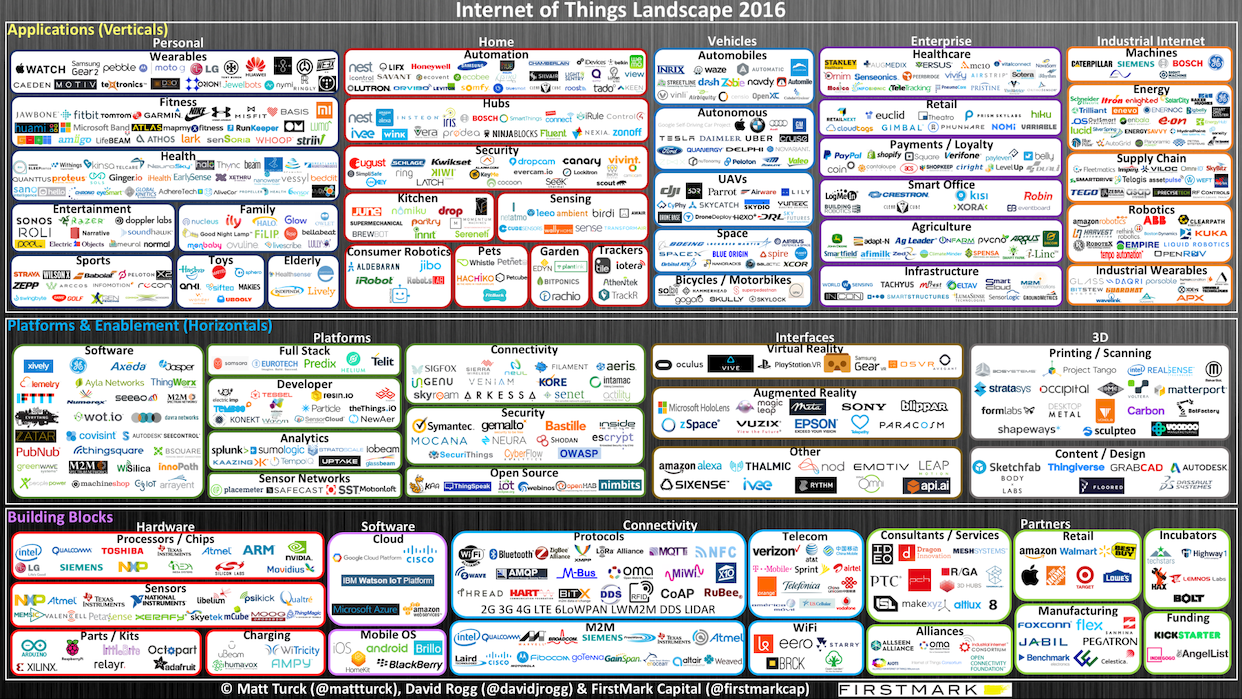11.10.2016
LIoT
IoT project example - Building an IoT controlled live streaming notification system

Many companies have already leaped into the IoT world by starting IoT related projects or by creating IoT based business. Elsewhere some companies might find it hard to start IoT projects: they might not be able to see immediate return on investment, they might find the technology offering too widespread and difficult to grasp or they might be unable to determine what to measure and what data should be collected, what is relevant, what is not.Simply put, they don’t know where to start!

In LIoT project we are trying to minimize the threshold to start piloting IoT as a means to develop or create or play around new ideas, products or services. We offer a physical environment with the development tools and services and a few ready made IoT examples that aim to help the starting of agile IoT projects. One key is to start with small iterative steps! Contact us for more info!
Here is an example of an small IoT project started from scratch:
IoT Case: Building a sensor network controlled Live Streaming alerting system

Background: Our lectures are given in dedicated class rooms where students either attend physically or from e.g. their homes. Lectures are streamed in real-time and lectures can be followed from CinetCampus Studies solution. The live streaming system is activated automatically by a streaming scheduling system.Sometimes ad-hoc meetings take place in the class rooms just before a streaming is about to start. Or sometimes the streamed lecture ends before the planned time, lecturer leaves the room and other people come start a meeting in the same room. And everything is streamed to the world unknowingly to the new people!
The need: So we need a On-Air light as used in video camera recording, tv or radio studios. Instead of starting to look for ready-made solutions used in aforementioned cases, we decided to investigate whether IoT technology could be utilised to solve this problem. So we basically want a:
- A thing in class room that indicates a live streaming is active currently
- The thing should communicate with the streming scheduling system to get the event timetable.
- When one room is tested and working, expand same tech to other class rooms or spaces as well.
We choose to try a Raspberry PI 3 and a board with some led lights. Then we need some code in the raspberry to control the led lights and to query the scheduling system for streaming events.
Then a small API was written to the stream content backend that tells info about all ongoing streaming events. When everything was put together, following MVP (Minimum Viable Product) was up and running (Streaming starts at 14:05, the 15 sec sync mismatch is caused by the raspberry program’s scheduling cycle.
Next is the evaluation of demo, and planning of the next steps, GUI, more devices, etc.




